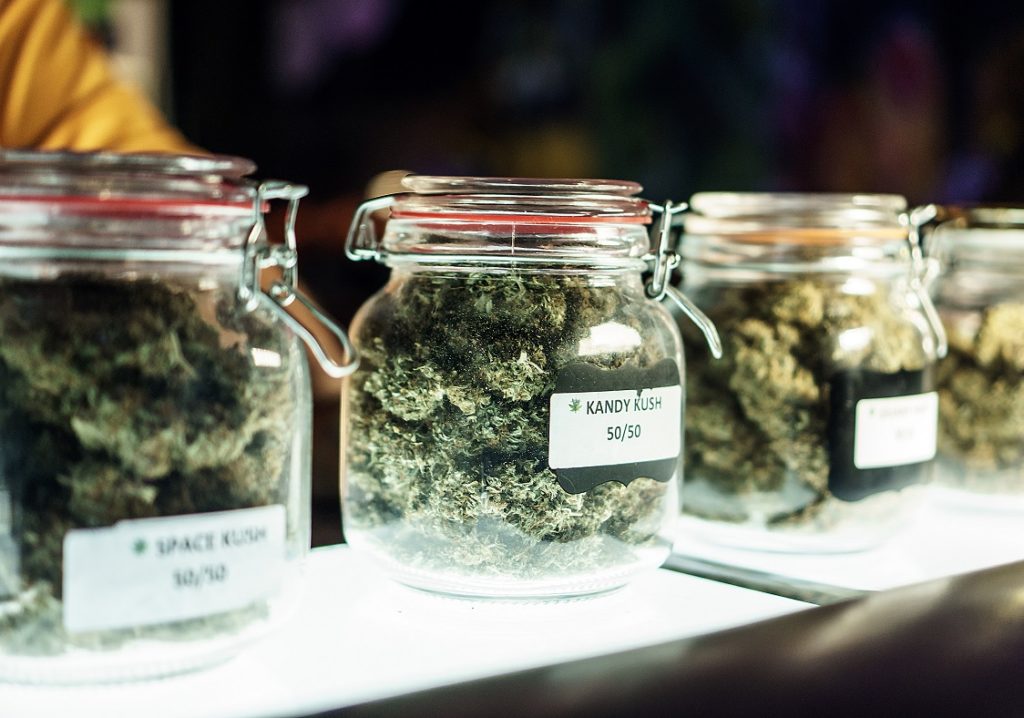Guess what? Harsh regulations have throttled the legal marijuana market in California. Surprise!
In what is an absolute lack of surprise to anyone who’s thought about the issue, the severe regulations imposed by the state of California on legal marijuana shops means the majority of marijuana sales take place in the black market.
After five years of legal recreational marijuana, sales in the illegal market are estimated to be twice the volume in legal stores.
This is the 32nd article I have written covering the legalized recreational marijuana market. You can see my other articles by clicking on the regulation experiment tag.
(Cross-post from my other blog Outrun Change. A bit of background – I’ve had a long running series of posts there describing the California efforts to legalize recreational use of marijuana as a natural experiment. In other words, let’s sit back and watch what happens in a brand new industry when the government implements severe, extensive regulations on a new industry and imposes harsh taxation on the industry’s product. Also, there is an existing illegal industry that provides a rough frame of reference of what the industry kinda’, sorta’ looks like. My prediction all along has been growth in the new industry would be artificially restricted from what would otherwise happen without the severe regulations. Looks like my predictions is correct. I will continue to watch this natural experiment.)
Politico explains on 10/23/21: California’s legal weed industry can’t compete with illicit market.
One way to measure how severely the legal marijuana business has been restricted is to look at the number of licensed marijuana shops per 100,000 residents. For six Western states that allow recreational sales, here is the number of legal dispensaries per 100,000 people:
(more…)





